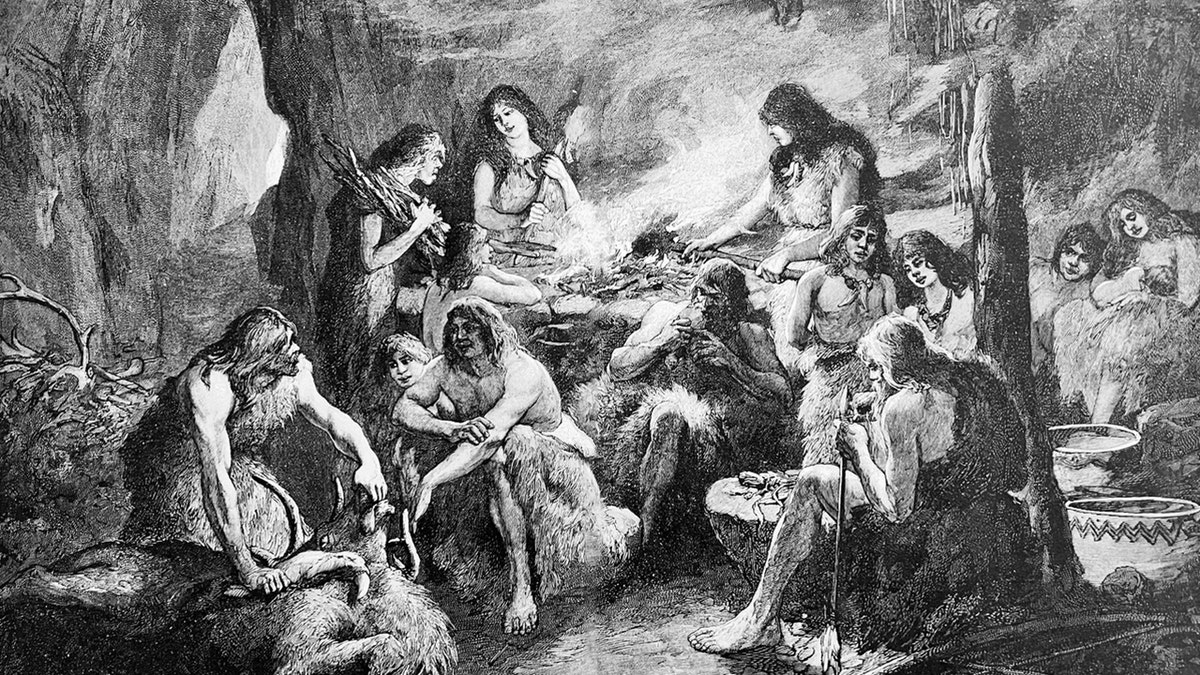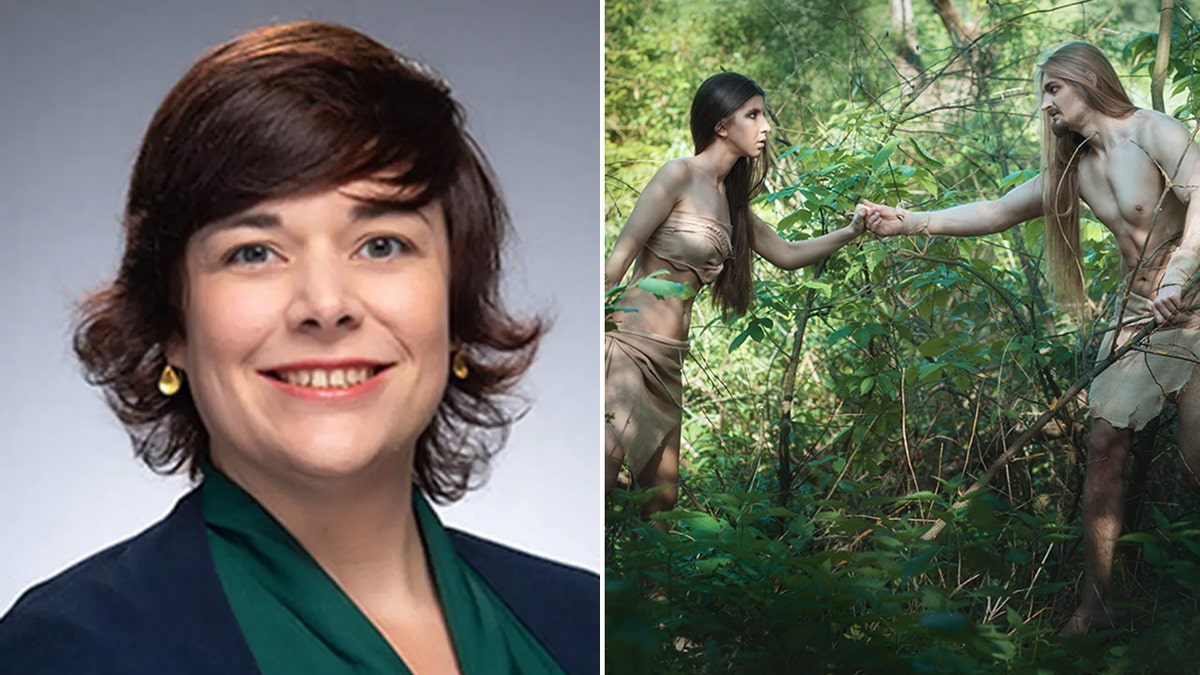Fox News Flash top headlines for November 28
Fox News Flash top headlines are here. Check out what's clicking on Foxnews.com.
Newly published studies suggest that maybe women didn’t actually spend all of their time in the kitchen back in the day — as people believed for so long.
Cara Ocobock, an assistant professor in the Department of Anthropology and director of the Human Energetics Laboratory at the University of Notre Dame, recently discovered some interesting facts about prehistoric women.
In two studies published simultaneously in the journal American Anthropologist, Ocobock found that prehistoric females were capable of performing physical tasks such as hunting — and were better equipped for the task.
‘PREHISTORIC FOOTWEAR’ WAS DISCOVERED IN SPANISH CAVE BY MINERS, SCIENTISTS REVEAL IN NEW STUDY
Ocobock and research partner Sarah Lacy, an anthropologist at the University of Delaware, found that fossils of prehistoric women proved they had similar hunting injuries to those of men, as the University of Notre Dame noted.
Archeological evidence from their studies showed that male and female fossils had the same resulting hunting injuries — and equal rates of wear and tear.

Cara Ocobock of the University of Notre Dame (pictured) found that women actually did hunt in prehistoric times. (SWNS)
From that, the pair concluded that both males and females hunted in prehistoric times.
Additionally, they found that females were often buried with weapons — something that would typically only occur if hunting or using that weapon was important to that person.
ANCIENT TOMB MAY HAVE BELONGED TO A COURTESAN WITH ALEXANDER THE GREAT'S ARMY, ARCHEOLOGISTS REVEAL
"You don’t often get buried with something unless it was important to you or was something that you used frequently in your life," she told Notre Dame.

The studies said women were doing more than just preparing food and taking care of the children during prehistoric times. (iStock)
Further, the published material said that female bodies were fully capable of performing the task of hunting — as female bodies are better suited for endurance activities.
Ocobock and Lacy pointed out the specific hormones — estrogen and adiponectin — women have in their system.
"Estrogen is really the unsung hero of life, in my mind," Ocobock said to the University of Notre Dame. "It is so important for cardiovascular and metabolic health, brain development and injury recovery."
The researchers stated that estrogen regulates fat metabolism and can protect cells from damage during extended heat exposure.

The studies found that women were made for endurance activities due to their genetic makeup. (iStock)
Adiponectin, they noted, is something that females use to amplify fat metabolism.
On top of the hormones, Ocobock said the wider hip structure of females can also be an advantage when hunting.
CLICK HERE TO SIGN UP FOR OUR LIFESTYLE NEWSLETTER
"With the typically wider hip structure of the female, they are able to rotate their hips — lengthening their steps," she said.
"When you look at human physiology this way, you can think of women as the marathon runner versus men as the powerlifters."

Researchers found that women did more than just gathering during prehistoric times. (SWNS/iStock)
Ocobock told Fox News Digital this week in an email that the findings are important to her — and to society.
"I believe this work is important for reshaping how we approach reconstructions of our past," she said.
CLICK HERE TO GET THE FOX NEWS APP
"Early work in this area was conducted by men who placed an outsized importance [on] the roles men played in our evolution often to the exclusion of women," she continued.
"However, the more evidence we have, the more we see that women played an equal role in labor and obtaining sustenance."
For more Lifestyle articles, visit www.foxnews.com/lifestyle.

